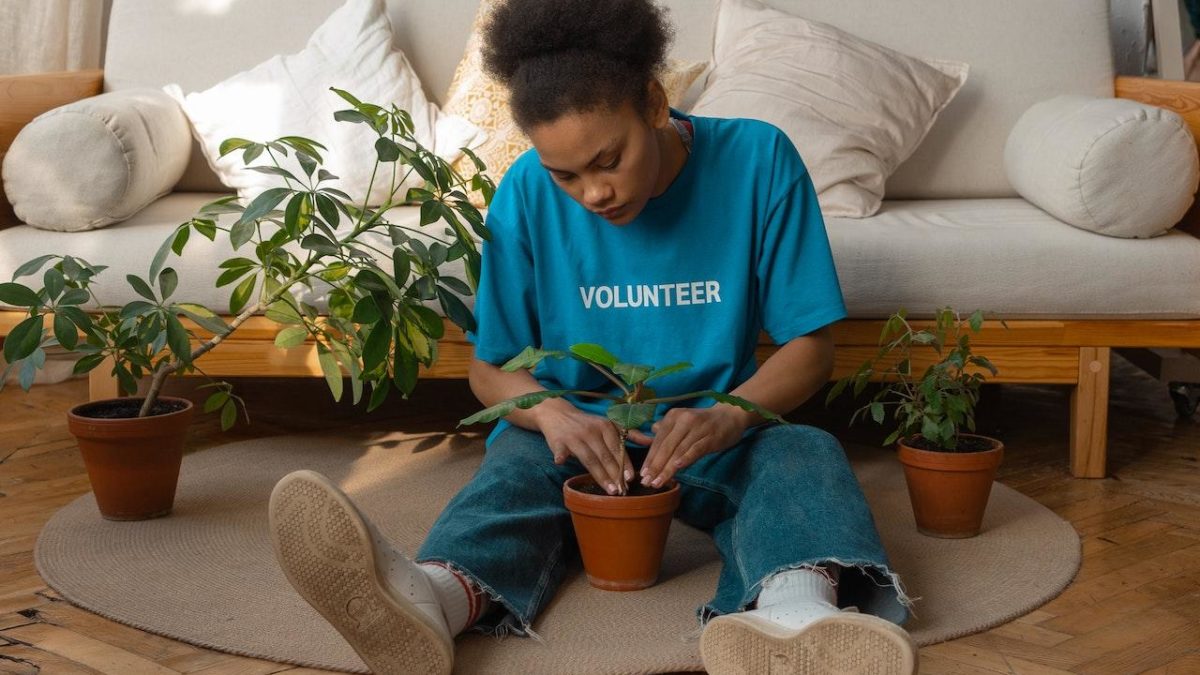When it comes to resilient houseplants, there are two sets of people: those who can keep them alive and those who can’t. If you’re in the latter group, you may have given up on your green thumb altogether. But before you do, consider giving resilient houseplants a try.
Types of Resilient Houseplants
1. Snake Plant (Sansevieria trifasciata)
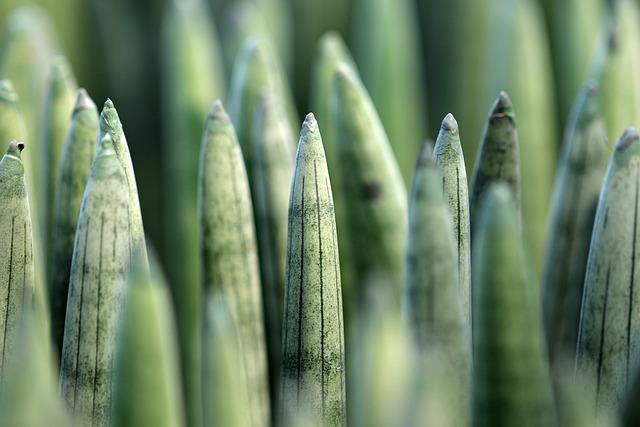
Snake plants are one of the most popular houseplants around and for good reason. They’re nearly impossible to kill, thrive in low light, and don’t need much water. Snake plants are also known for their air-purifying qualities, so they are a great choice if you’re looking for a plant that will improve the quality of your indoor air.
2. ZZ Plant (Zamioculcas zamiifolia)
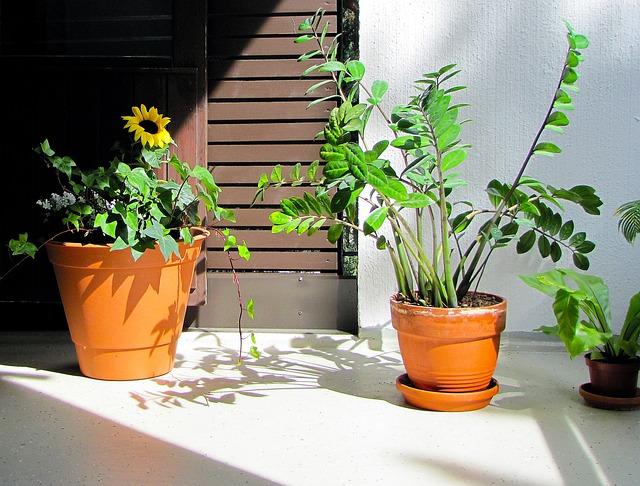
Like snake plants, ZZ plants are known for their durability. They can tolerate low light and infrequent watering, making them a great choice for those with a black thumb. ZZ plants are also known for their ability to purify the air, so they are great resilient houseplants.
3. Pothos (Epipremnum aureum)
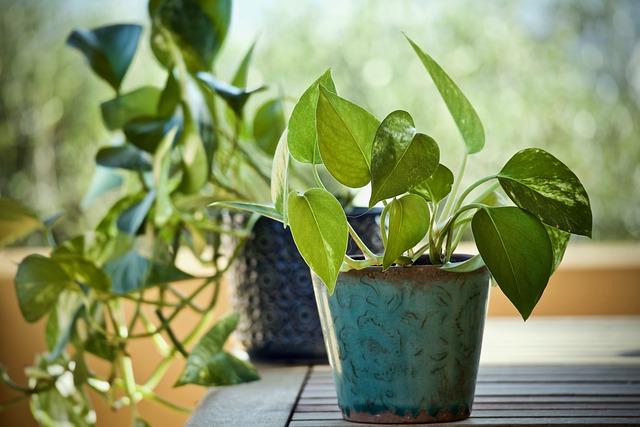
Pothos is one of the most popular houseplants around, and for good reason. They’re easy to care for, thrive in low light, and are known for their ability to purify the air. Pothos is also a great choice if you’re looking for a plant that will trail or climb.
4. Philodendron (Philodendron spp.)
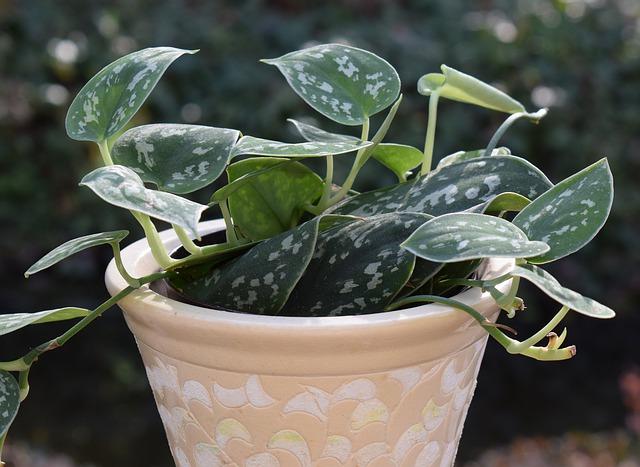
Philodendrons are classic houseplants that are known for their easy care. They thrive in low light and don’t need much water, making them a great choice for those with a black thumb.
5. Spider Plant (Chlorophytum comosum)
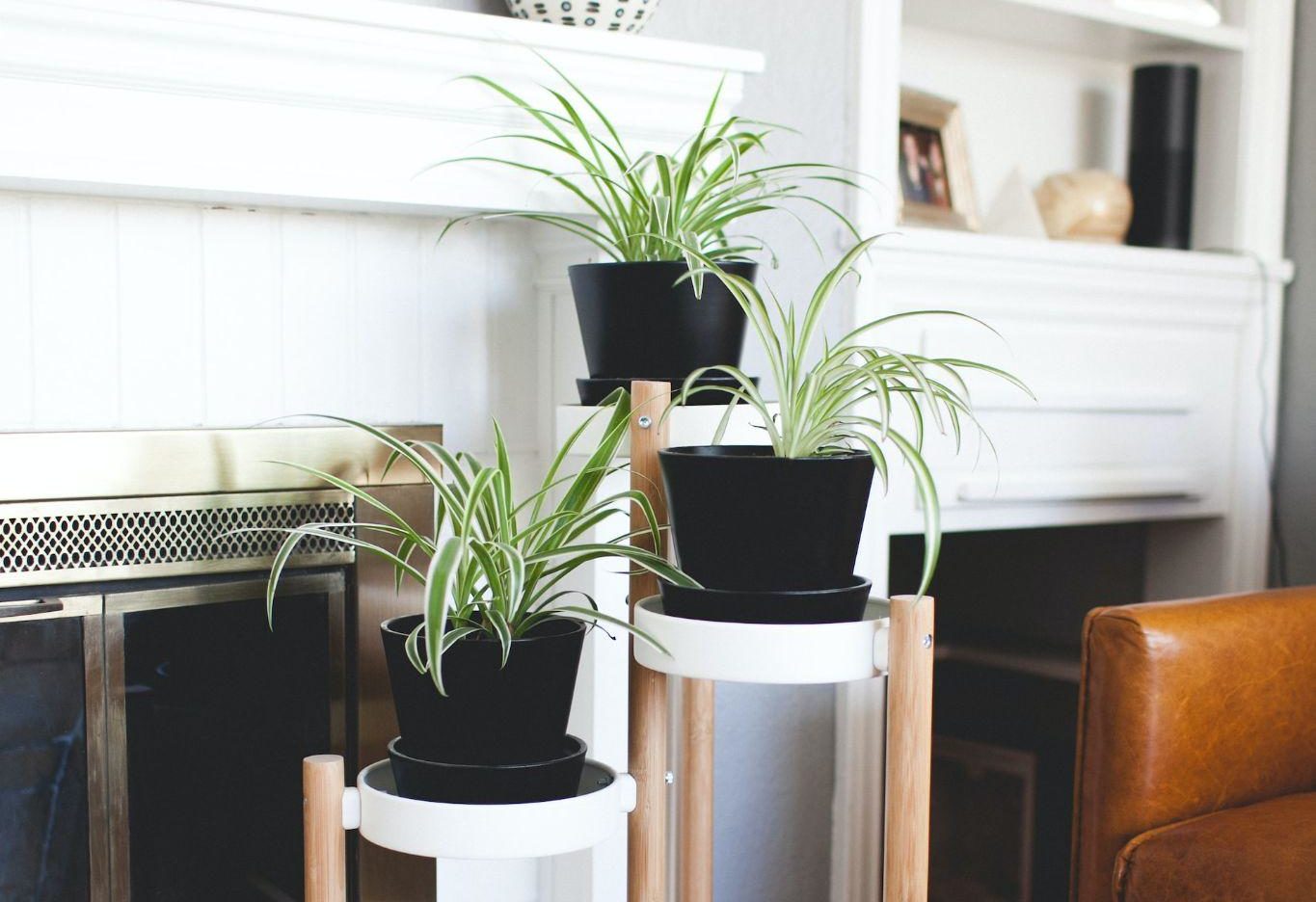
Credit: Unsplash
Spider plants are one of the most popular houseplants around and for good reason. They’re easy to care for, thrive in low light, and are known for their ability to purify the air.
How To Care For Resilient Houseplants
Resilient houseplants are a great way to add life to your home and improve your indoor air quality. However, they can be a bit tricky to care for. Here are a few tips to help you keep your indoor plants healthy.
1. Light
Most indoor plants need bright, indirect sunlight. If your plant is not getting enough light, it will start to stretch out and become leggy. Move it to a brighter spot and make sure to turn it regularly so that all sides of the plant get light.
2. Water
Over-watering is the number one killer of indoor plants. Make sure to check the soil before watering and water when the soil is dry to the touch. Allow the water to drain completely and do not leave the plant sitting in water.
3. Fertilizer
Indoor plants need to be fertilized every few weeks to keep them healthy. Use a water-soluble fertilizer and follow the directions on the package.
4. Pests
Watch for pests like aphids, mealybugs, and spider mites. These can quickly kill a plant. If you see any pests, remove them by hand or use an insecticide.
5. Pruning
Prune your plants regularly to keep them from getting too big. Remove any dead or dying leaves or stems.
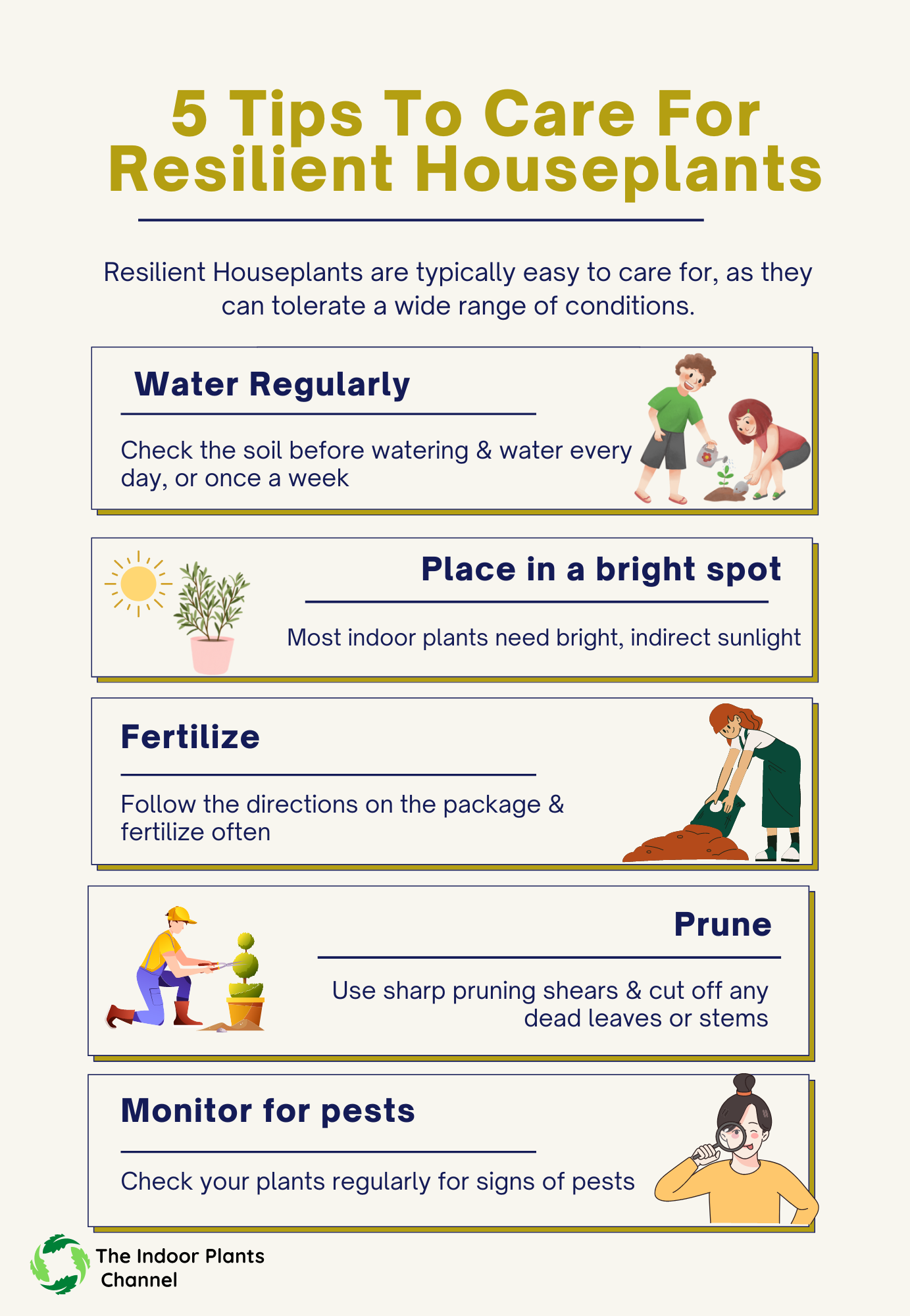
How To Water Your Indoor Plants
It’s crucial to know how to water and care for resilient houseplants. The amount of water your plant needs depends on its type. For example, succulents need very little water, while ferns need a lot.
To water your plants, you will need a watering can or a spray bottle. Fill the can or bottle with water and then wet the soil around the plant, being careful not to get the leaves wet. Water the plant until the soil is moist but not soggy.
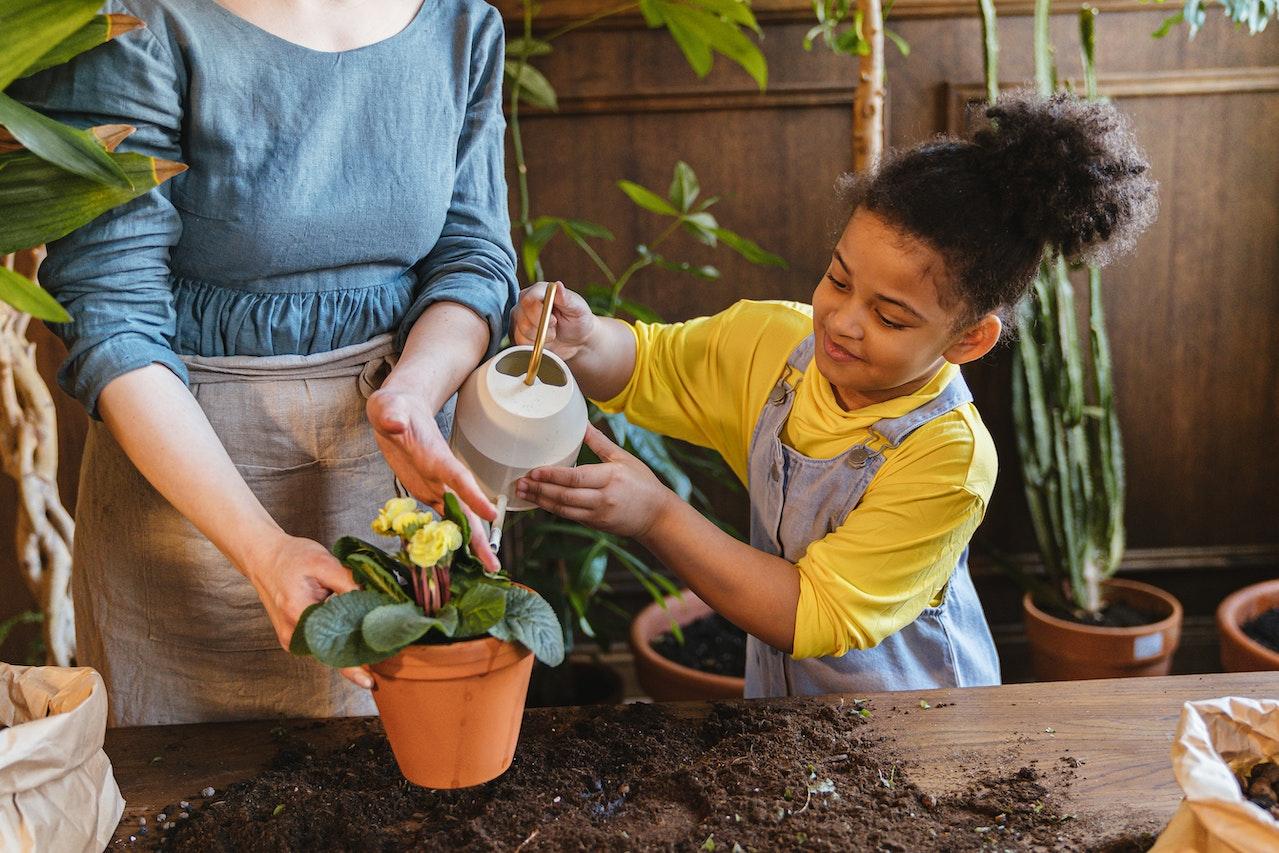
Credit: Pexels
Some plants need to be watered every day, while others only need to be watered once a week. If you are not sure how often to water your plant, check the care instructions that came with it.
How To Fertilize & Care for Resilient Houseplants
Fertilizing your resilient houseplants is a great way to care for them. The type of fertilizer you use will depend on the type of plant you have and the time of year. Here are some tips on how to fertilize your indoor plants:”
- Use a water-soluble fertilizer for plants that are growing rapidly.
- For leafy plants, use a fertilizer that is high in nitrogen.
- Read the labels on fertilizers to find one that is best for your plant.
- Follow the directions on the fertilizer label for the amount to use.
- Apply the fertilizer to the soil around the plant, not directly on the leaves.
- Water the plant after fertilizing to help the fertilizer reach the roots.
How To Repot Your Resilient Houseplants
If your indoor plants are cramped in their pots, it might be time for repotting. Don’t worry, it’s not as difficult as it sounds! Follow these simple steps and your plants will be looking better in no time.
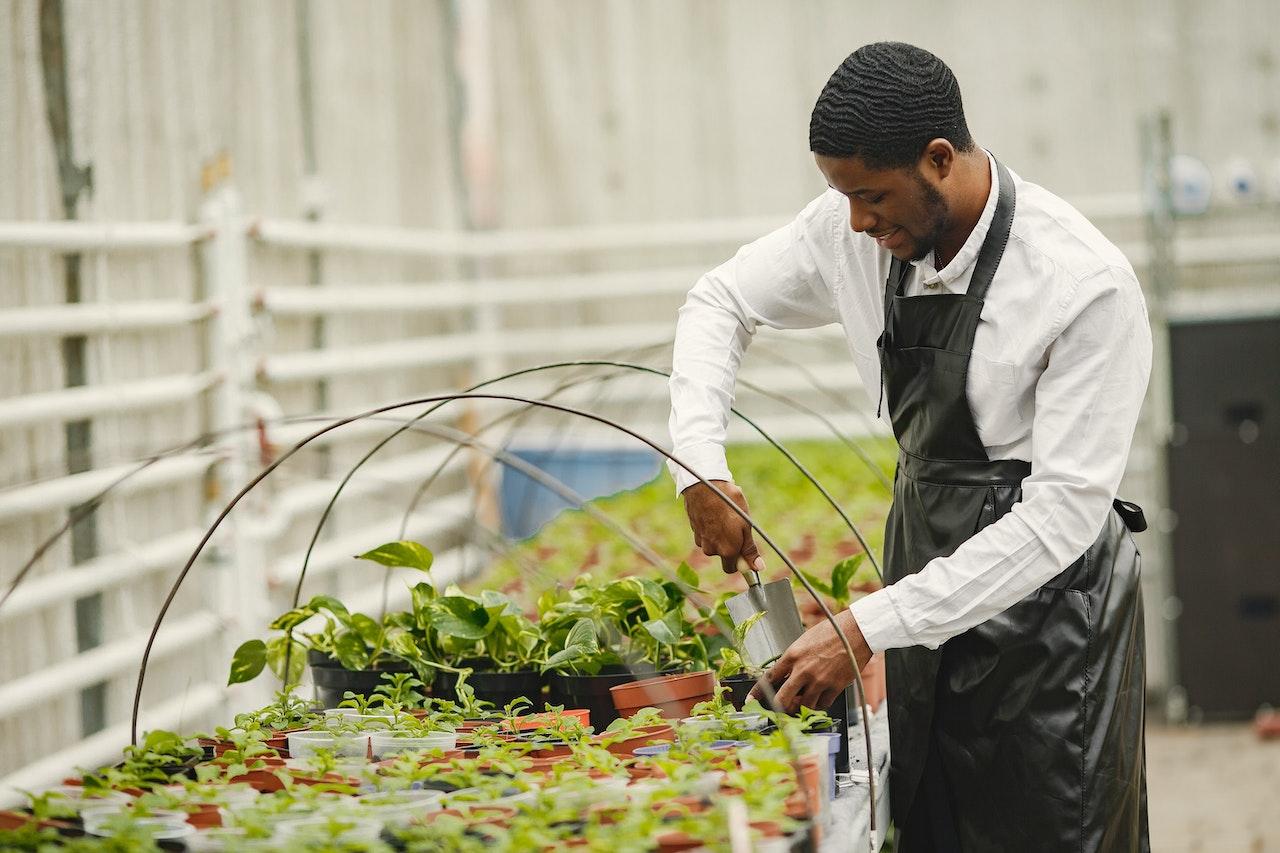
Credit: Pexels
What You’ll Need:
- A new pot that is 1-2 inches larger in diameter than the current pot
- Fresh potting soil
- A small shovel or trowel
- A watering can
Step 1: Choose a pot that is 1-2 inches larger in diameter than the current pot. If you’re not sure how big to go, err on the side of a pot that is too large rather than too small.
Step 2: Fill the new pot with fresh potting soil. You can find this at your local garden center or nursery.
Step 3: Carefully remove your plant from its current pot. If the roots are tightly compacted, gently loosen them with your fingers.
Step 4: Place the plant in the new pot and fill it around with potting soil. Be sure to leave an inch or two of space at the top of the pot for watering.
Step 5: Water your plant thoroughly.
And that’s it! Your plant is now repotted and ready for a fresh start.
How To Propagate Your Resilient Houseplants
To propagate your resilient houseplants, you will need to take a cutting from the plant and then root it in water or soil.
- First, choose a healthy plant to take a cutting from. Cut a stem that is about 4-6 inches long, and make sure that there are several leaves on the stem. Cut the stem at a 45-degree angle, just below a leaf node.
- Next, remove the lower leaves from the stem. You can either root the stem in water or soil.
- If you are rooting the stem in water, place the stem in a jar or glass of water. Change the water every few days, and keep the jar in a warm place. Roots should form within 2-3 weeks.
- If you are rooting the stem in the soil, fill a pot with soil and make a hole in the soil with your finger.
- Insert the stem into the hole, and then firm the soil around the stem. Water the soil, and keep it moist. Roots should form within 2-3 weeks.
Once the roots have formed, you can transplant the cutting into a larger pot.
Bonus Tips
- Give them plenty of light. Resilient houseplants need at least six hours of sunlight each day. If you can’t provide that much natural light, consider using grow lights.
- Water them regularly. Resilient houseplants are tough, but they still need to be watered regularly. Check the soil every few days to see if it’s dry. If it is, give your plant a good drink.
- Fertilize them occasionally. Resilient houseplants don’t need a lot of fertilizer, but a little bit every now and then will help them stay healthy. Use a balanced fertilizer and apply it according to the package directions.
Frequently Asked Questions
- What are resilient houseplants?
Resilient houseplants are plants that can withstand neglect and still thrive. These plants are perfect for busy people or those who don’t have a lot of experience with plants.
- How do I care for resilient houseplants?
Caring for resilient houseplants is easy! Just give them bright light, water when the soil is dry, and occasional fertilizer. That’s it!
- What are some common resilient houseplants?
Some common resilient houseplants include snake plants, philodendrons, pothos, and peace lilies.
- I think my plant is sick. What should I do?
If you think your plant is sick, the first thing you should do is check the soil. Is it dry? If so, water it. If the soil is moist, then the plant may be getting too much water. Let the soil dry out before watering again. If you’re still unsure, you can always consult a plant expert.
- My plant is growing too big/out of control. What should I do?
If your plant is growing too big or out of control, you can always trim it back. This will help keep it under control and looking its best.
- I’m moving. Can I take my plant with me?
Yes! Resilient houseplants are perfect for moving because they can withstand a little neglect. Just make sure to give them a good drink of water before you move them, and they should be fine.
- I’m going on vacation. What should I do with my plant?
If you’re going on vacation, you can either take your plant with you or leave it at home. If you’re leaving it at home, make sure to have someone water it while you’re gone.
Conclusion
If you have a resilient houseplant, congratulations! These plants are not only beautiful, but they’re also tough. However, you might be wondering if you still need to care for resilient houseplants. Of course, you have to.
We have some effective tips that’ll aid you in caring for your resilient houseplants. By following these simple tips, you can keep your resilient house plant healthy for years to come.
Michelle Wilde
Related posts
![]()
About Michelle Wilde
Michelle Wilde is a stay-at-home mom and avid plant lover. Armed with a post-graduate degree in Computer Science (no kidding!), she loves researching plants and landscapes. When she is not caring for her 4 kids, she spends time on her passion for plants. She blogs at www.indoorplantschannel.com, the trusted source for indoor plants.
Learn more
Subscribe
* You will receive the latest posts and updates about indoor plants!
Search
Recent Posts
Categories
- Beginner Guides (10)
- FAQ (206)
- General (2)
- How-To Guides (212)
- Indoor Plants (214)
- Pest Management (2)
- Plant Problem Solutions (4)
- Seasonal Growing (2)
- Specialized Environments (2)
- Specific Plant Care (3)
- Technical Growing (2)
